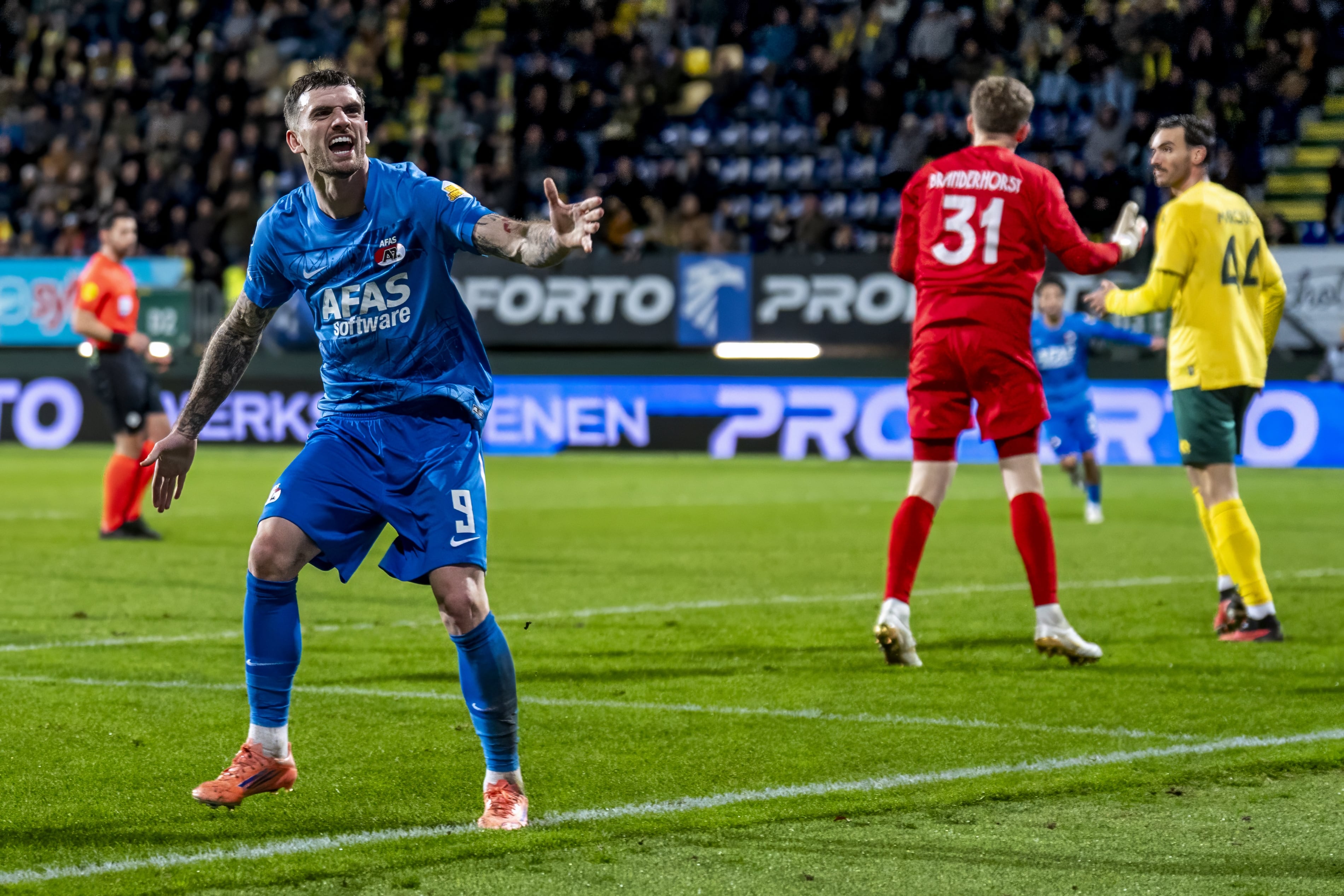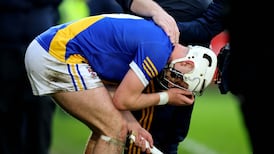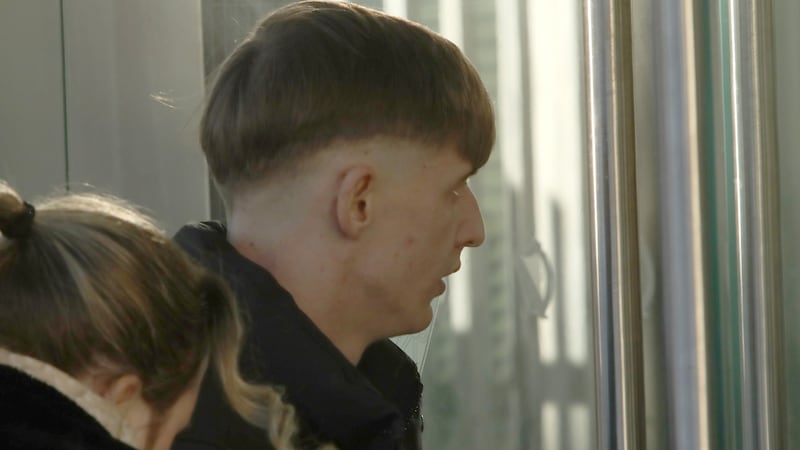Saturday’s Central Council meeting will be considering a significant ramping up of penalties in an attempt to sort out the GAA’s disciplinary woes. If that seems ambitious, 100 years ago it was being asked to sort out the Civil War.
It’s almost exactly a century since December 1922 when Cork GAA wrote to Central Council to urge an intervention. It was proposed to hold a special congress to discuss the political situation and the possibility of a peace-keeping initiative.
According to Richard McElligott’s Forging a Kingdom, a fascinating account of the first 50 years of the GAA in Kerry: “The council decided to send a deputation to prominent members of the GAA on both sides to assess their views on the possibility of a peace settlement being negotiated. The deputation reported back to a meeting of Central Council that there was little appetite for such an intervention by the association.
“Fearing that such an event would only give public airing to the deep divisions within the membership over the war, the association abandoned its plans to hold the special congress in an attempt to preserve its outward appearance of neutrality.”
READ MORE
Another historian, Mike Cronin, summarised in The GAA and Revolution in Ireland (edited by Gearóid Ó Tuathaigh): “While the GAA had attempted to find a solution to the conflict, it was simply not influential enough to bring the two sides together.
“If, then, the association found that it could not act as a peace broker, its most important aim for the duration of the conflict was to ensure that the bitterness of national division did not infect the GAA and that it held its own community together around its games as best it could.”
Brendan Behan’s time-honoured aphorism that the first thing on any Irish organisation’s agenda is the split can be seen as affirmed by the GAA’s zealous efforts to avoid any such rupture in the meantime.
Navigating the waters of necessary divisions on matters of policy without hitting the rocks of schism is a regular preoccupation of the association when taking big decisions.
There was a reminder of this in Seán McCague’s death last week and the key role he played in taking Rule 21, the old prohibition on Northern security forces playing Gaelic games, off the books in time for a reformed police force to replace the RUC.
Political involvement has always flashed amber lights for the GAA. Taking sides means annoying or even alienating those in disagreement and the association has always been at pains to project political neutrality.
Even a century ago there were sensitivities. At its meeting immediately after the Easter Rising, the GAA’s Central Council was quick to release a public statement distancing itself as a collective from the insurrection despite the personal involvement of so many prominent members.
At that time the association was a broad church, several of whose players had enlisted to fight in the first World War. Moving cautiously was a simple reflection of that reality.
The biggest danger of a split happened, however, with the outbreak of the Civil War. Although effectively over in Dublin and urban areas by the end of that summer, fighting continued in the south and in Kerry it was more bitter and barbaric than anywhere else in Ireland.
One atrocity, the Ballyseedy massacre, saw the Free State Army as a reprisal tie nine republican prisoners to a landmine, which was then detonated. It was intended to appear as an accident but Stephen Fuller, blown into an adjoining field, escaped with both his life and the truth.
The carnage was so bad that the troops didn’t notice that they were clearing the remains of eight rather than nine prisoners.
Richard McElligott, speaking at the Croke Park Museum summer school in 2020, contextualised the romanticism of the official history that the GAA had healed the wounds of the Civil War in Kerry.
By the end of the war the best Kerry players were in internment camps but through the agency of three remarkable footballers, John Joe Sheehy, commander of the Tralee IRA, Con Brosnan, a Free State army officer and Joe Barrett, another republican, the county team was put back together again.
Brosnan allowed Sheehy, who was on the run at the time, safe passage to play for the county in a Munster semi-final after which he was allowed to slip away and escape.
Ultimately the two factions did unite “in the name of the game,” as the excellent book by Barrett’s son, the late JJ, was titled. They came together to such effect that they won what was football’s second four-in-a-row between 1929 and ‘32.
Whereas no-one can doubt the impact of Barrett’s decision to forego the captaincy of the county and confer it on Brosnan – described by former Kerry footballer and republican JJ Landers as “the ultimate peacemaker in Kerry football after the Civil War,” – for the 1931 championship, old divisions remained in the county.
As late as 1935, Kerry withdrew from the championship in protest at the government’s treatment of republican prisoners and subversive activity was commonplace.
Still, the GAA in Kerry survived and prospered. Speaking two years ago, McElligott saw in the four-in-a-row achievement, “atonement for what Kerry had suffered”.
His suggestion then was that just as the 1916 centenary had been celebrated in Dublin, a fitting commemoration for the Civil War might be held in Kerry. Not surprisingly, there hasn’t been a rush of proposals to mark this particular centenary.
He also suggested that the Kerry team in question would be the ideal focus of such a commemoration. It was a typical GAA achievement: holding the line in difficult circumstances, imperfect and in time exaggerated but keeping everyone together in the end.


















